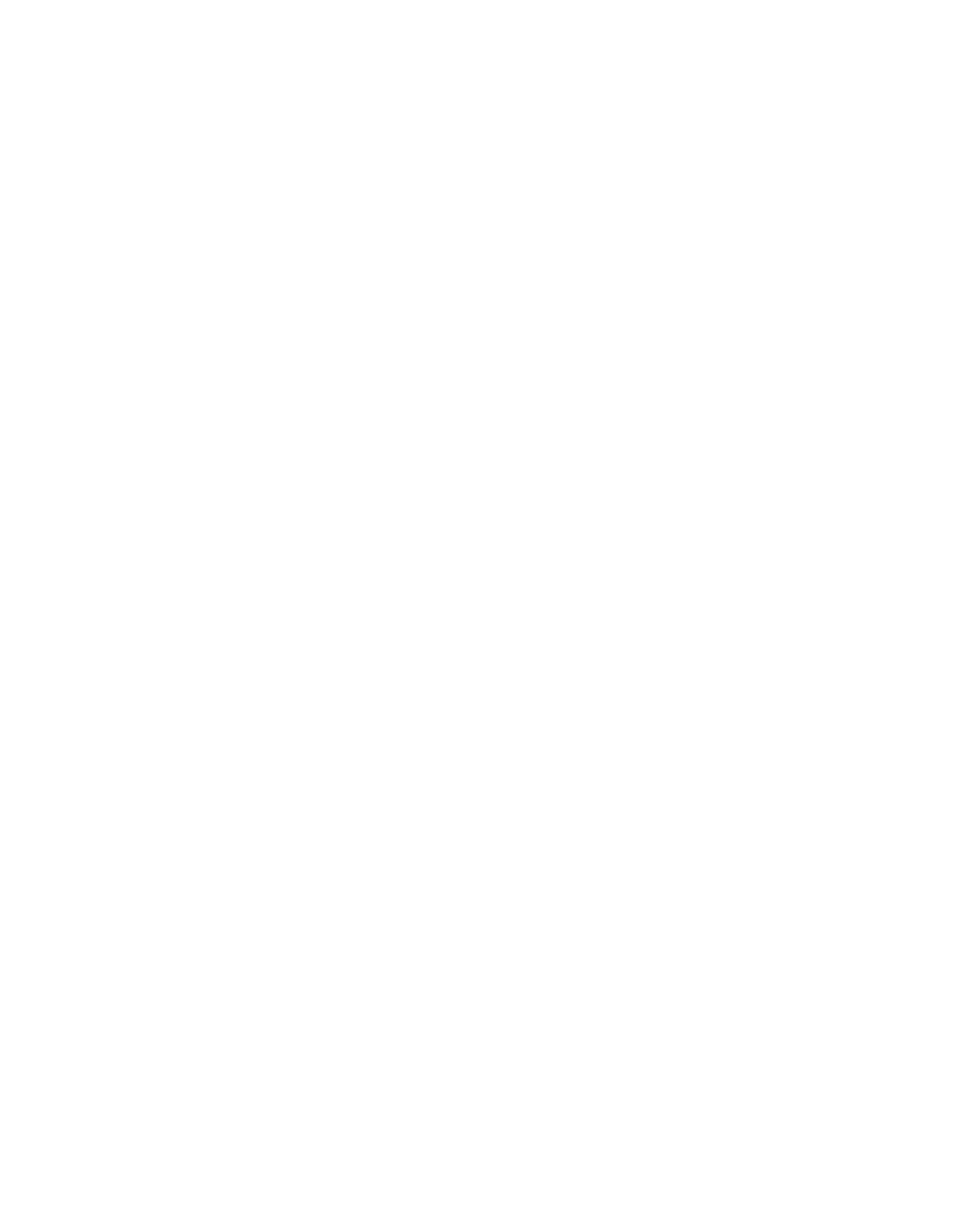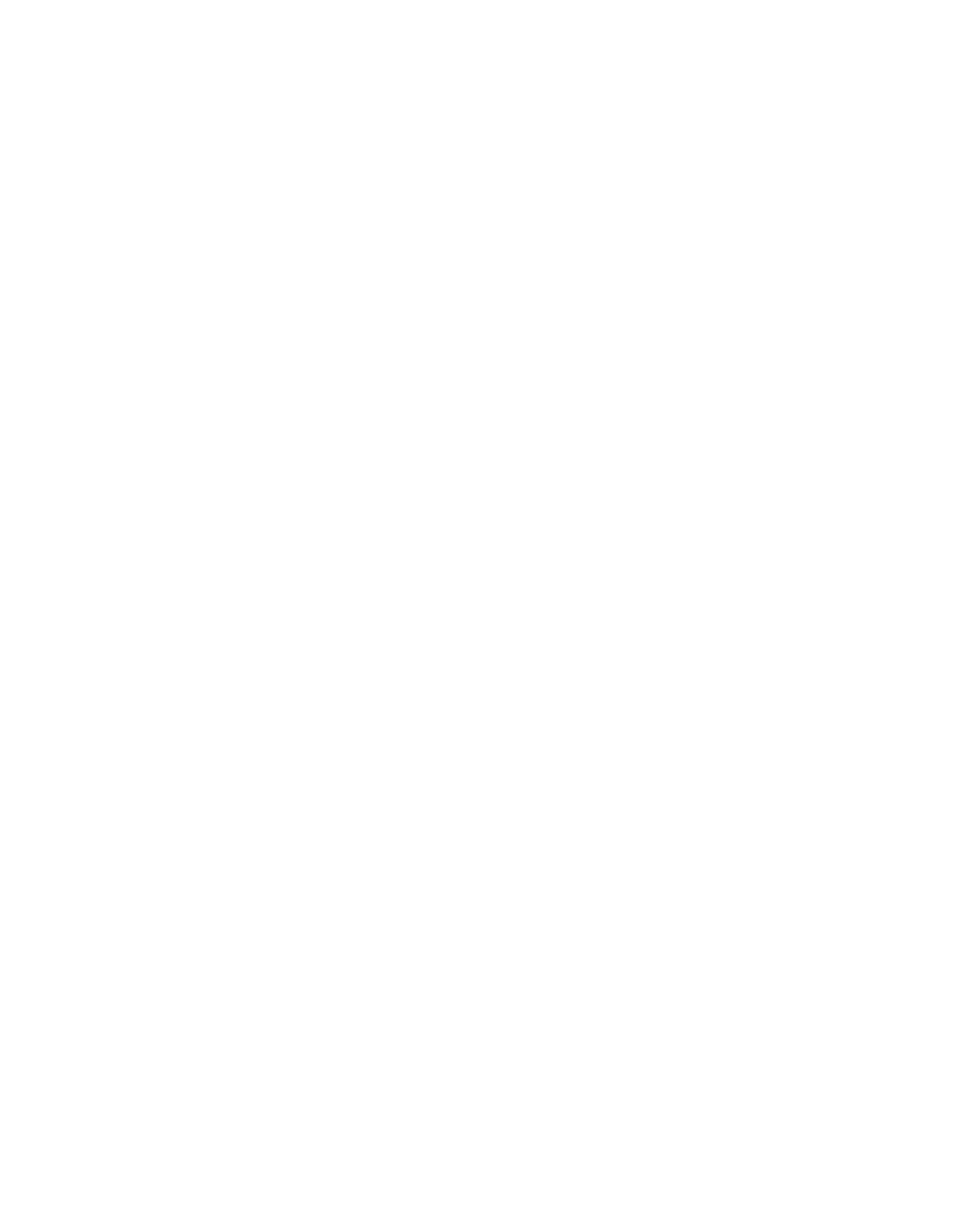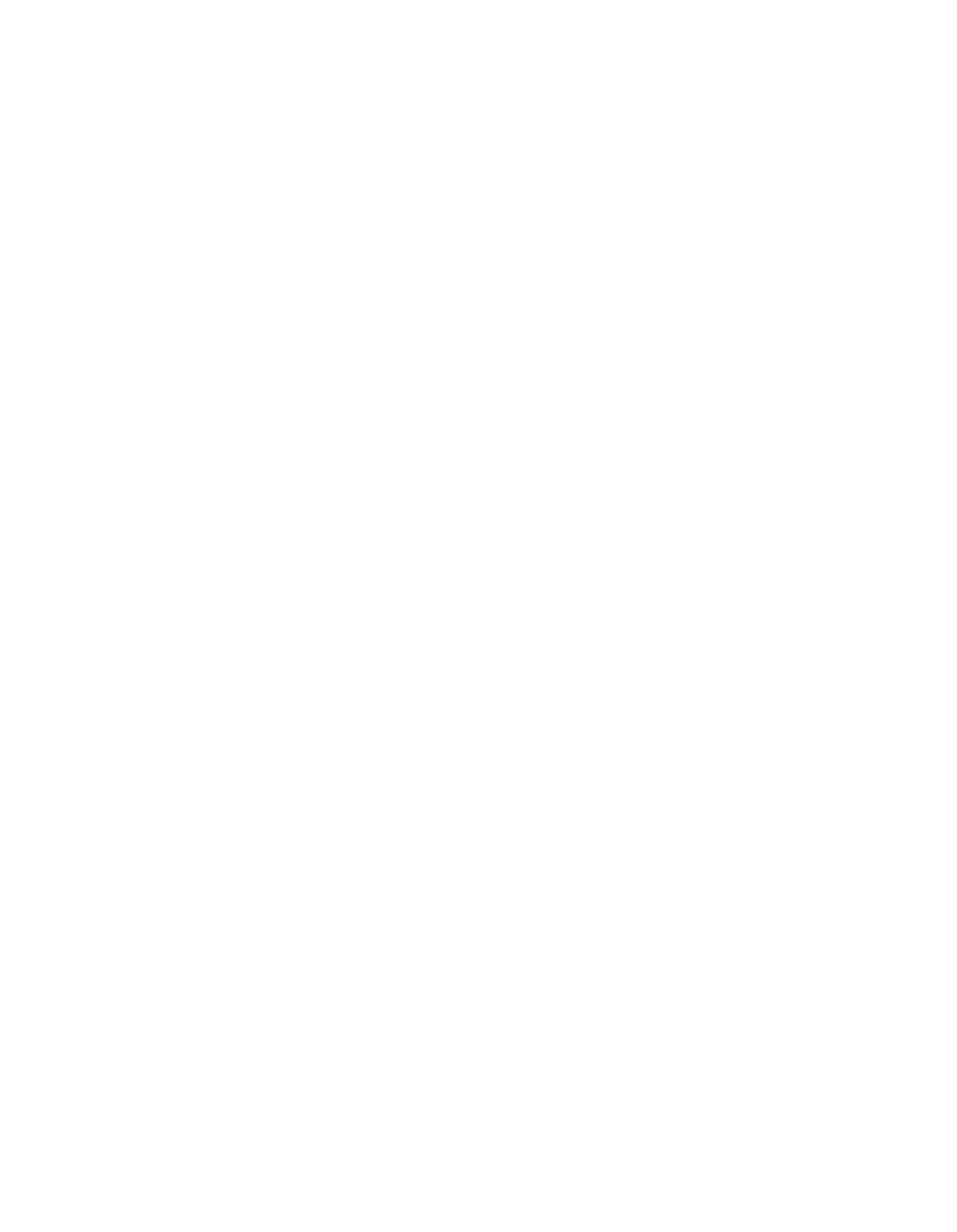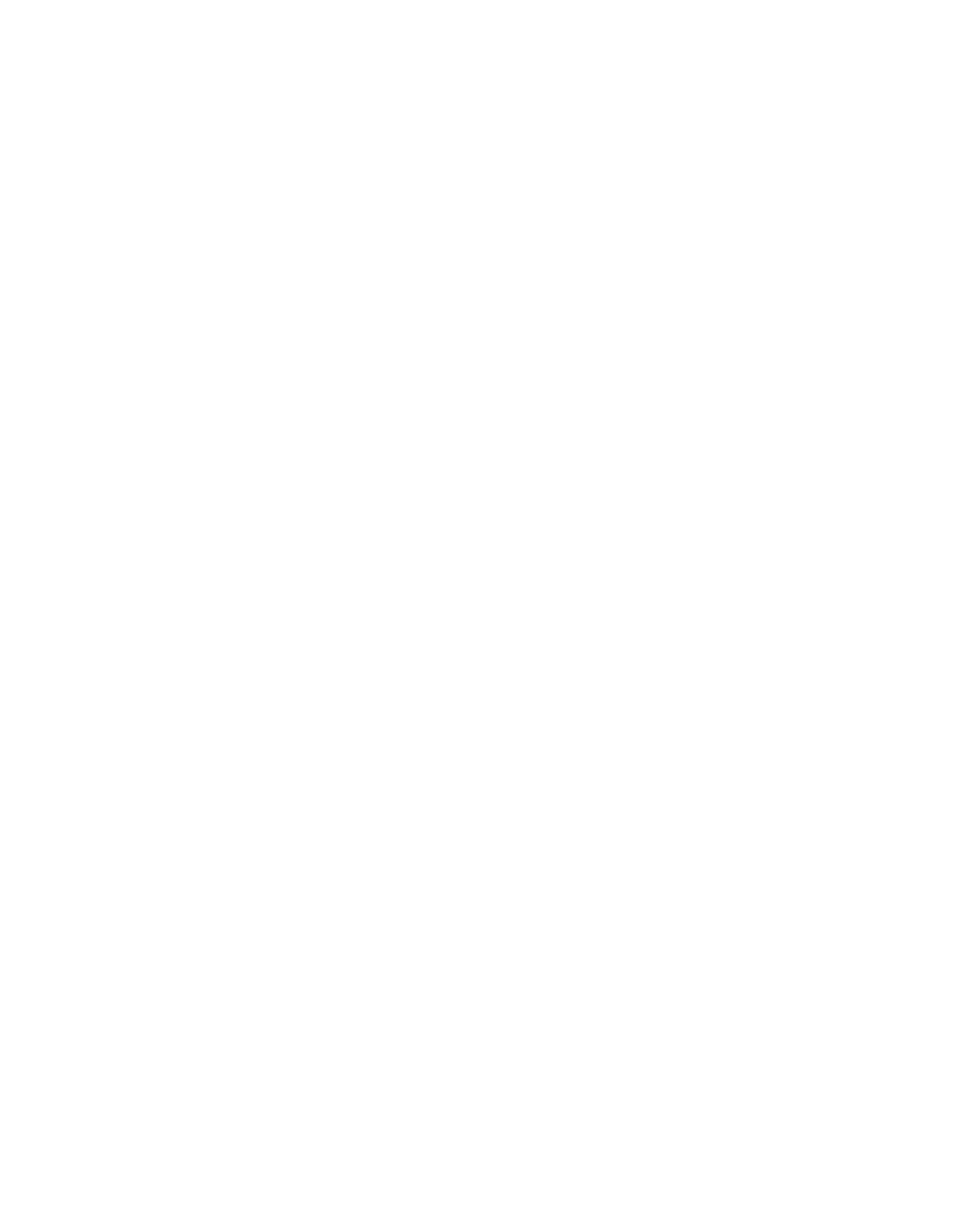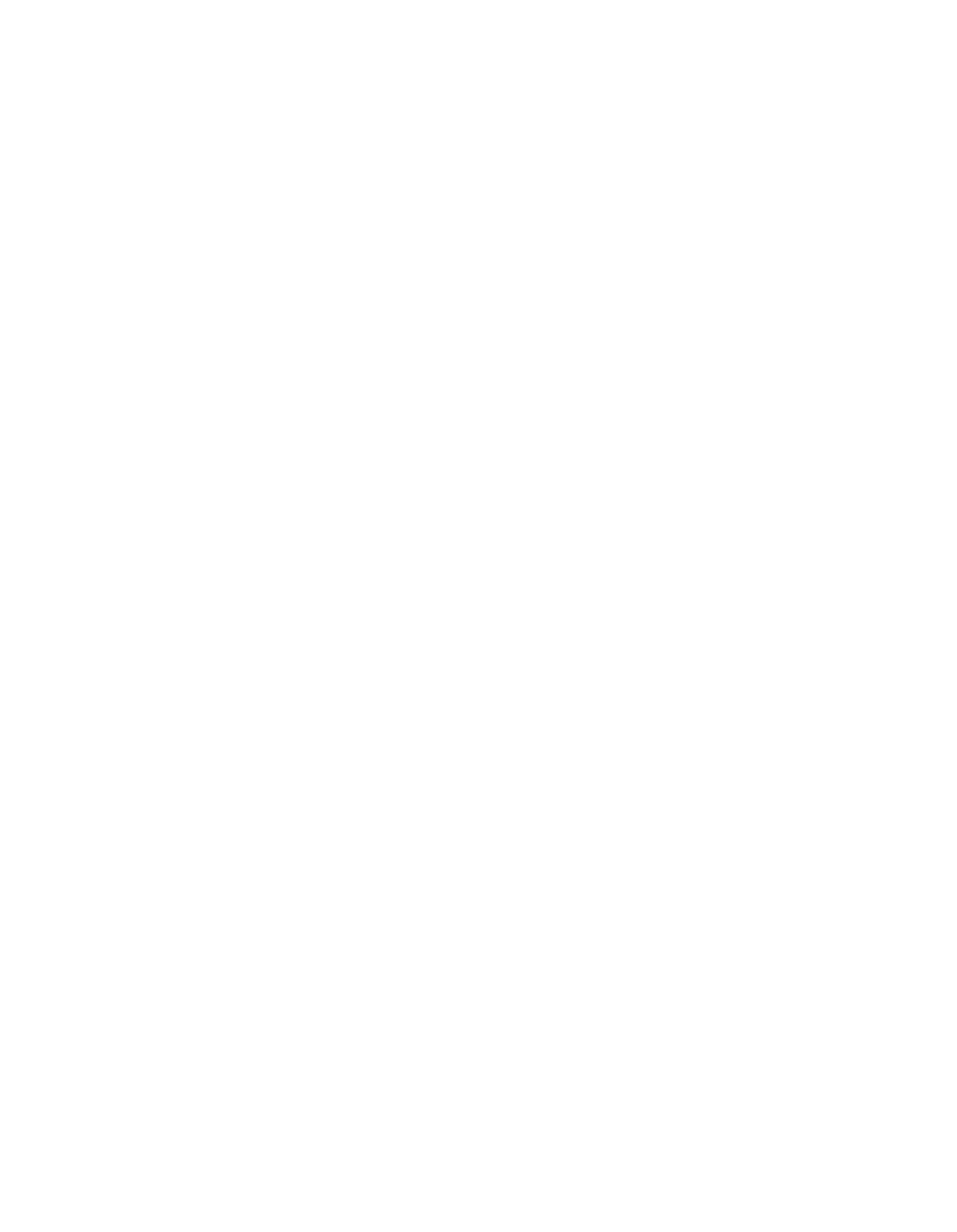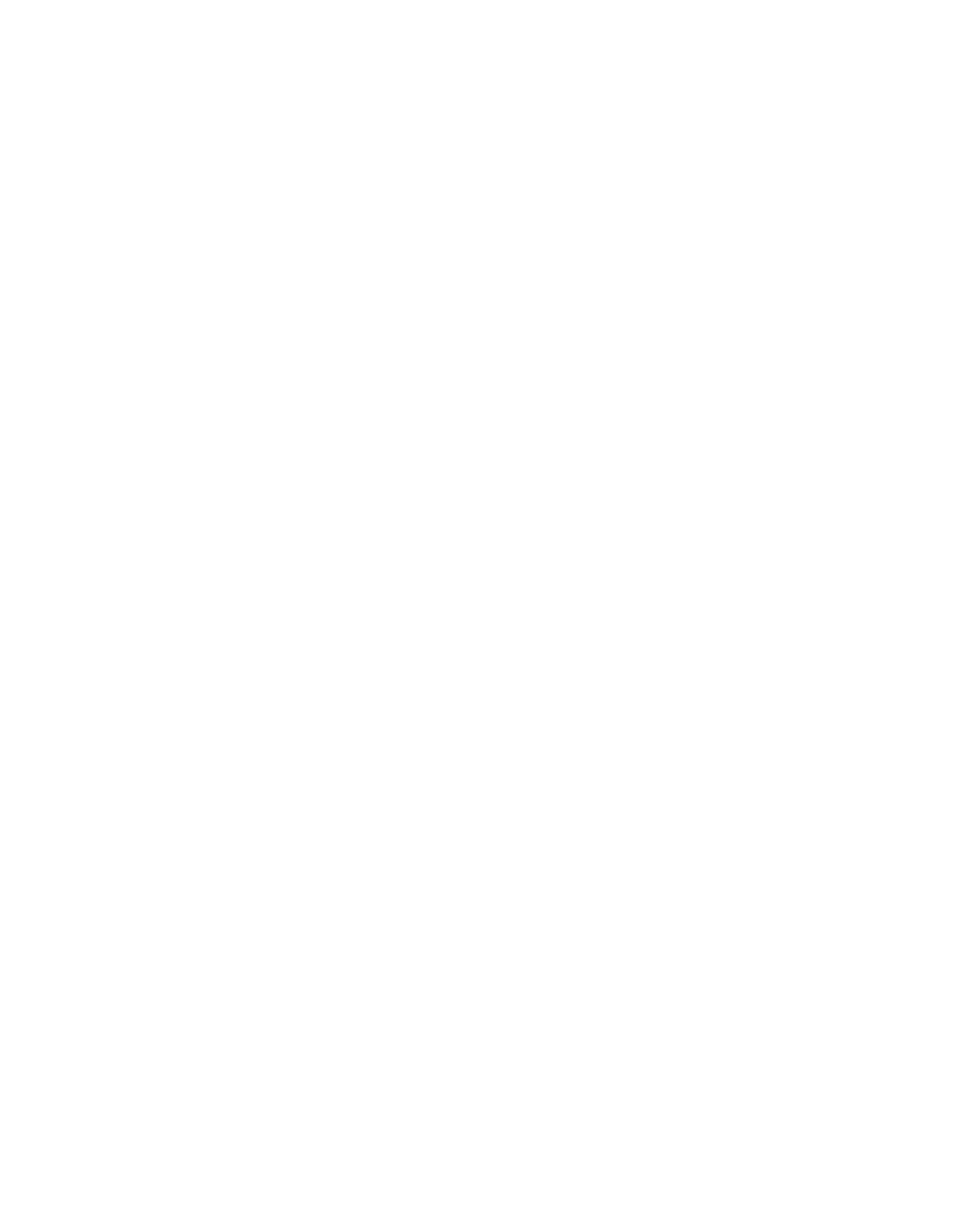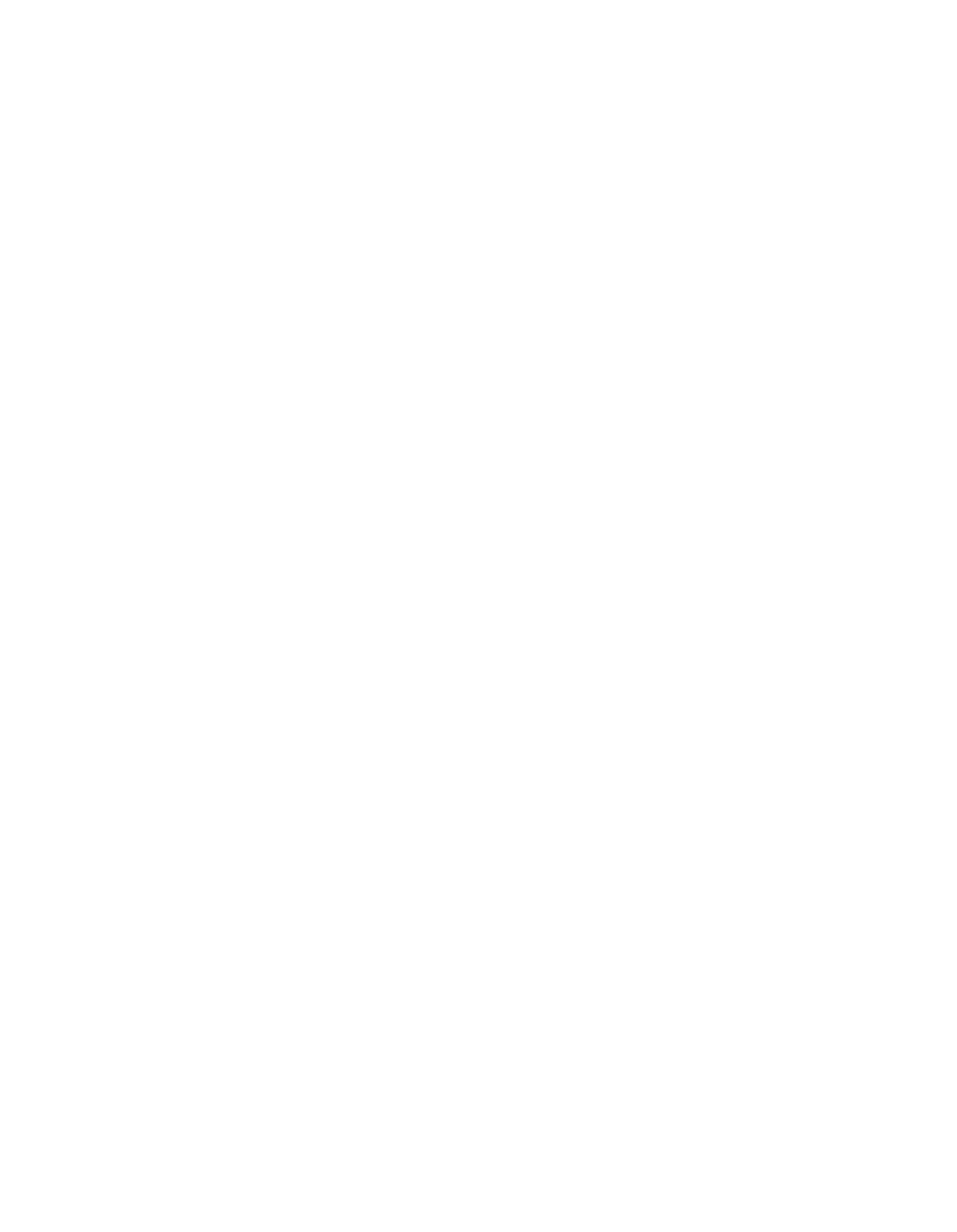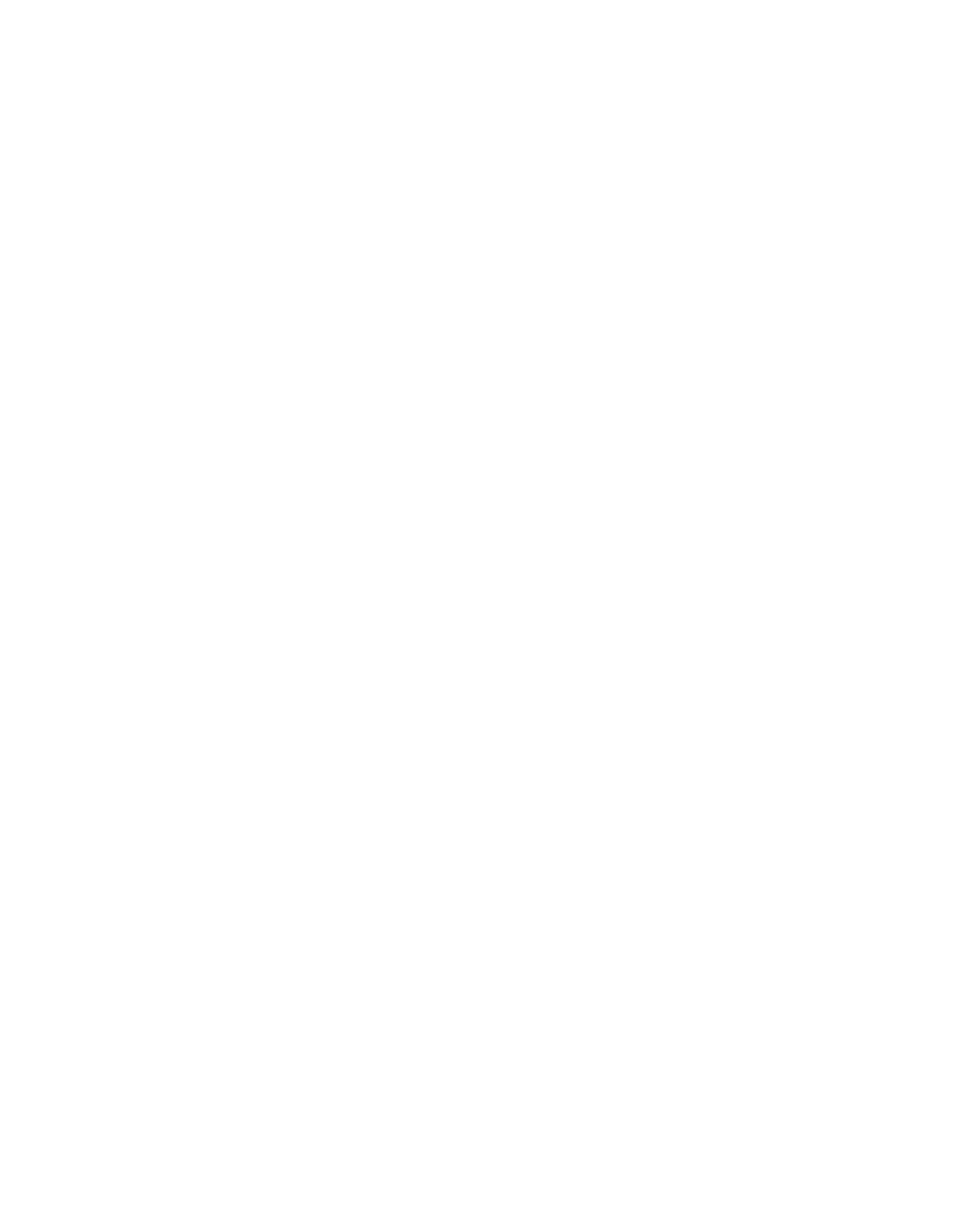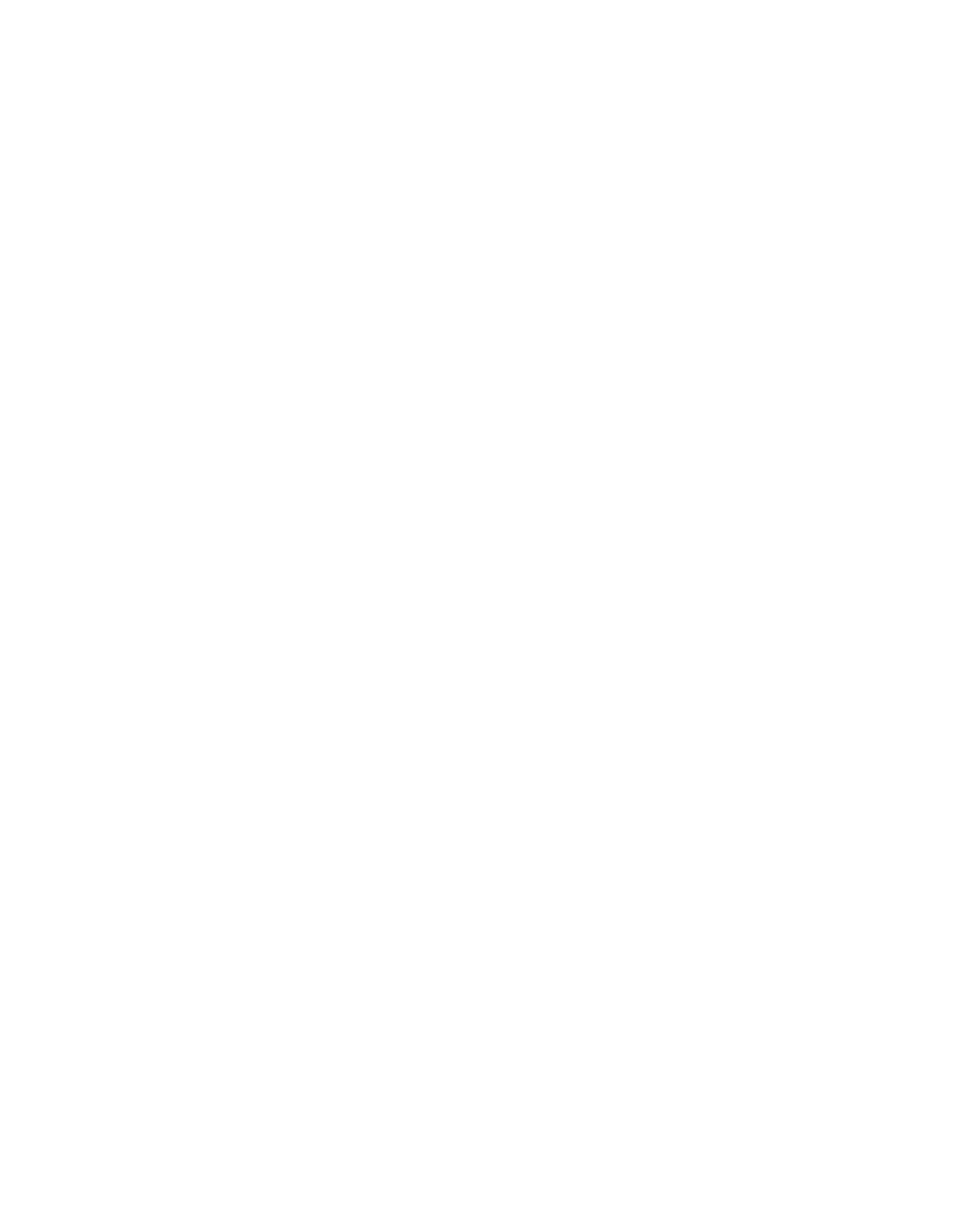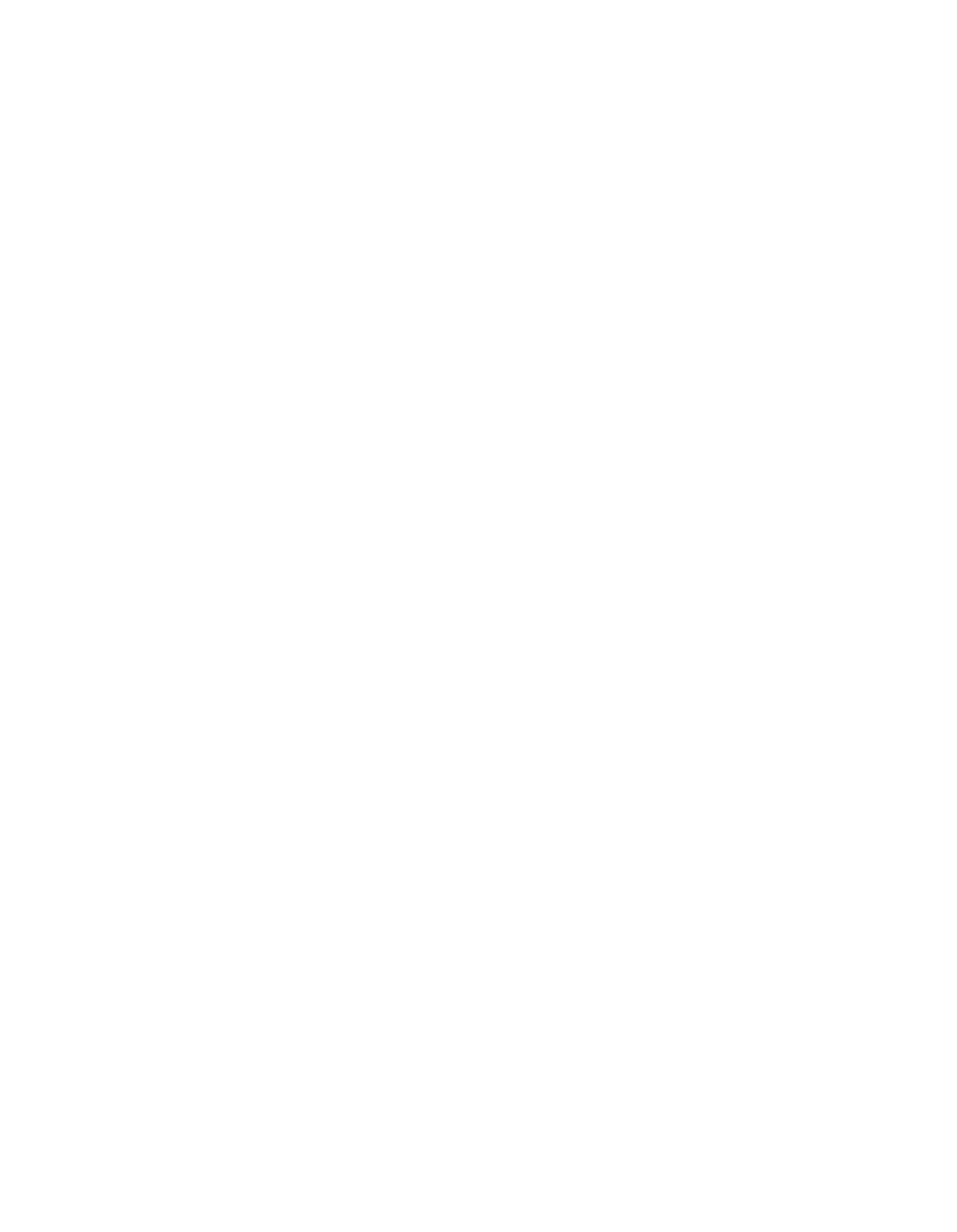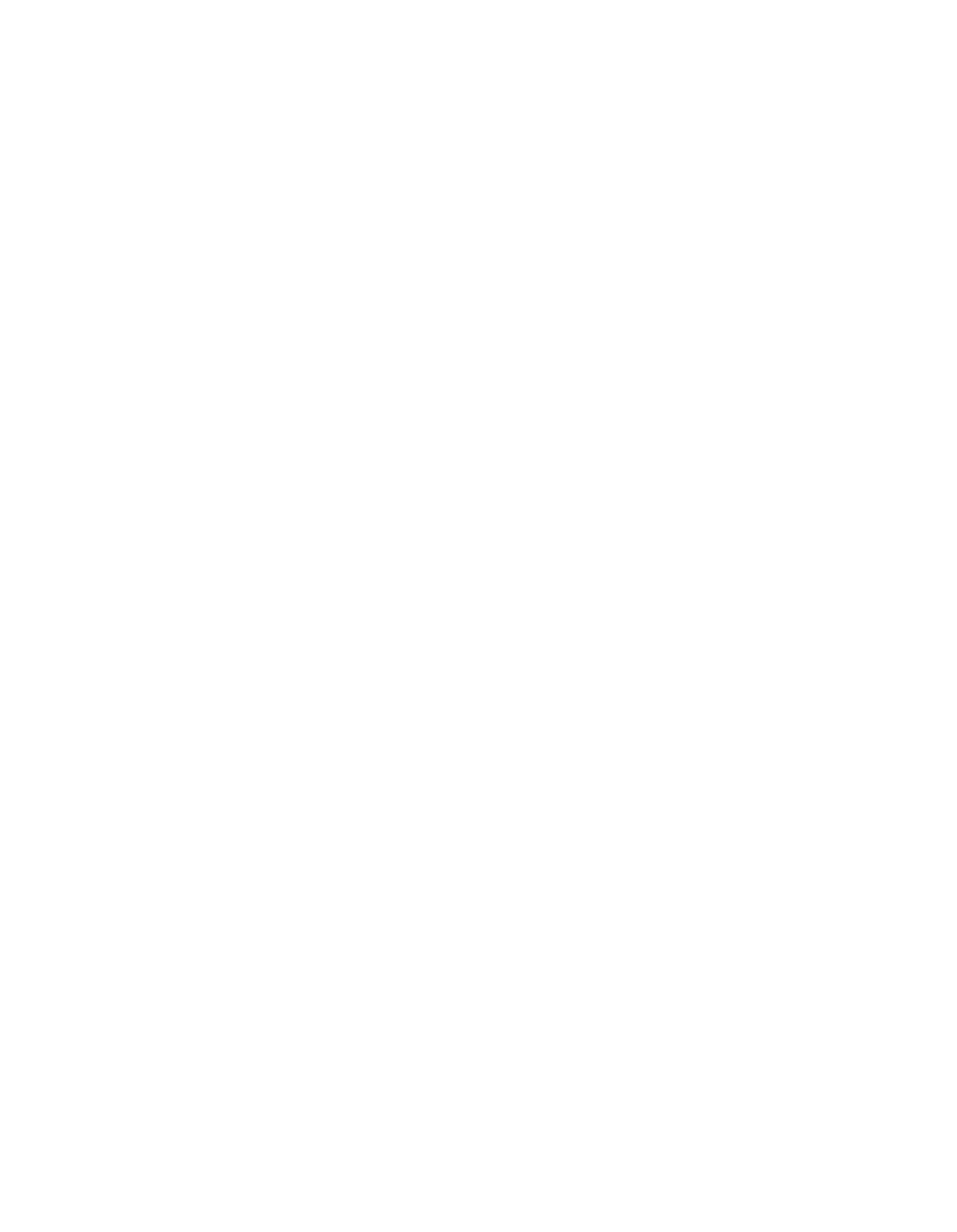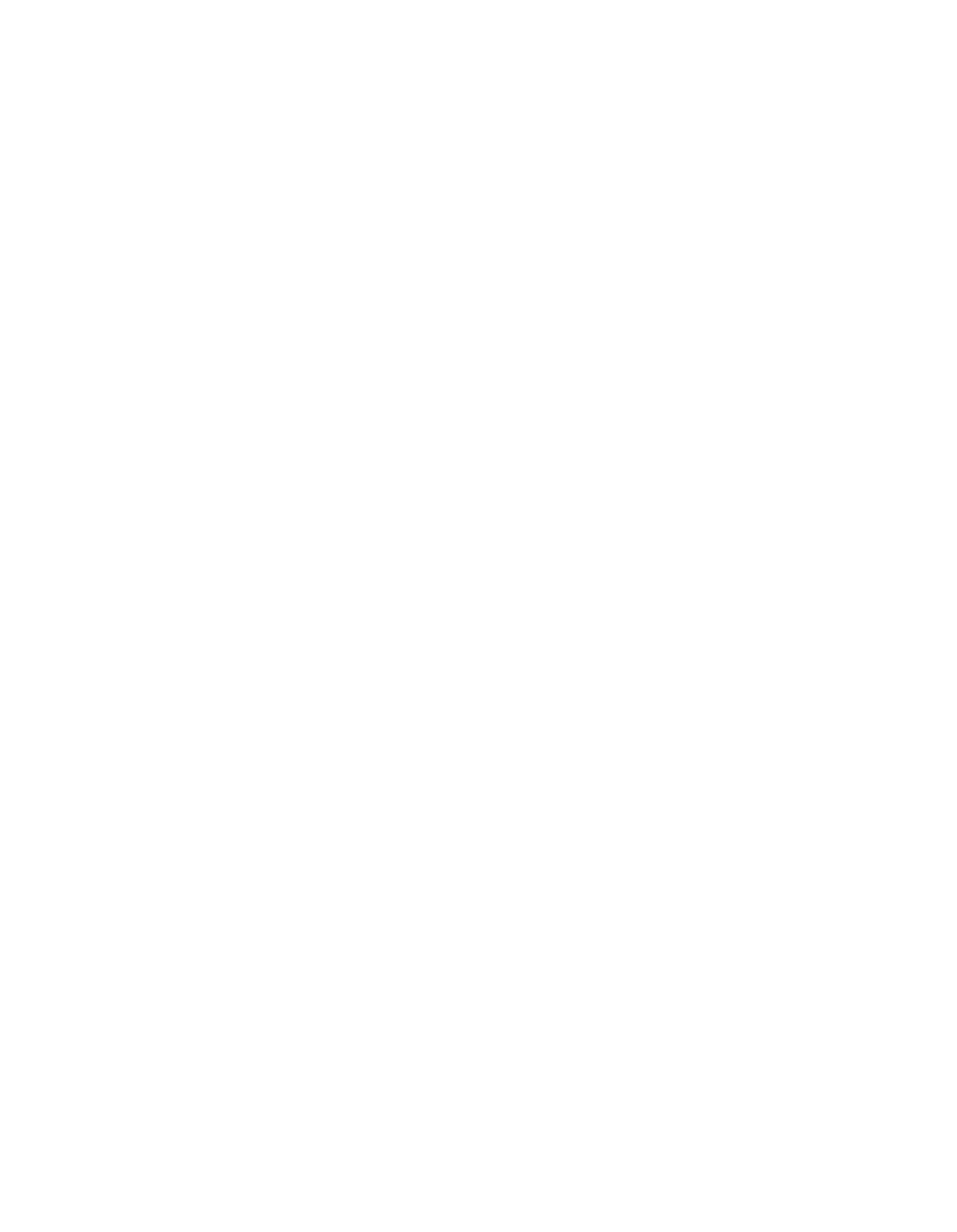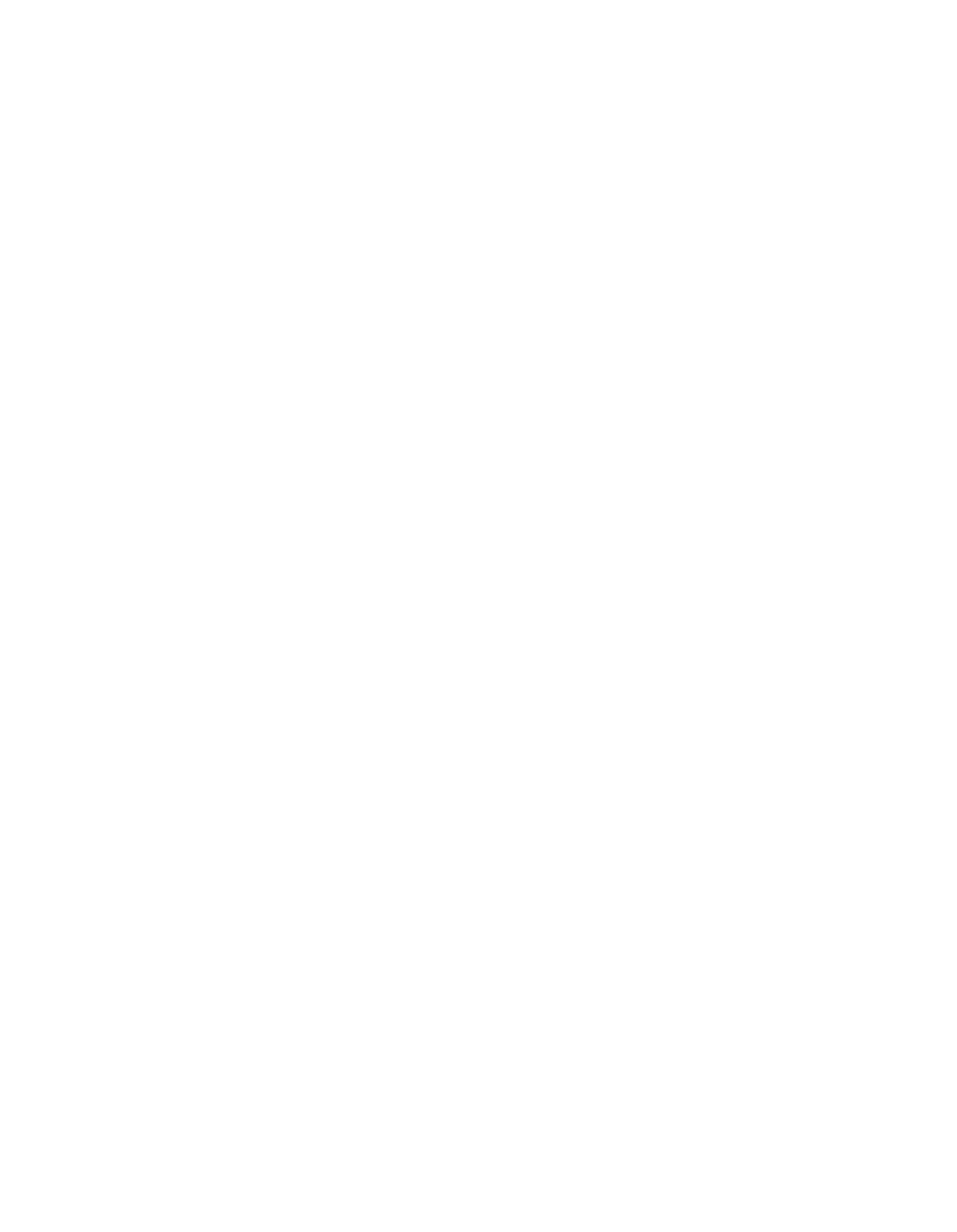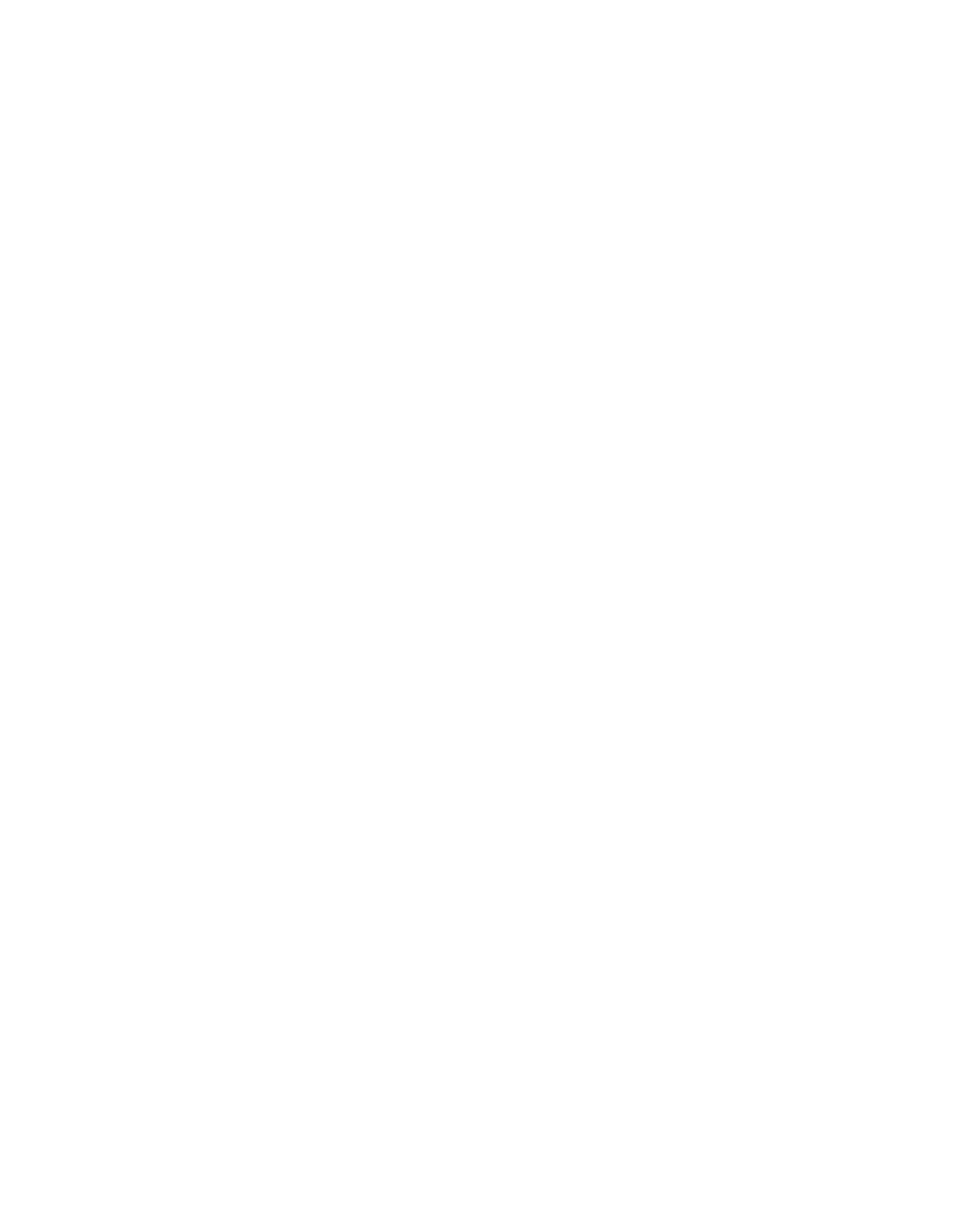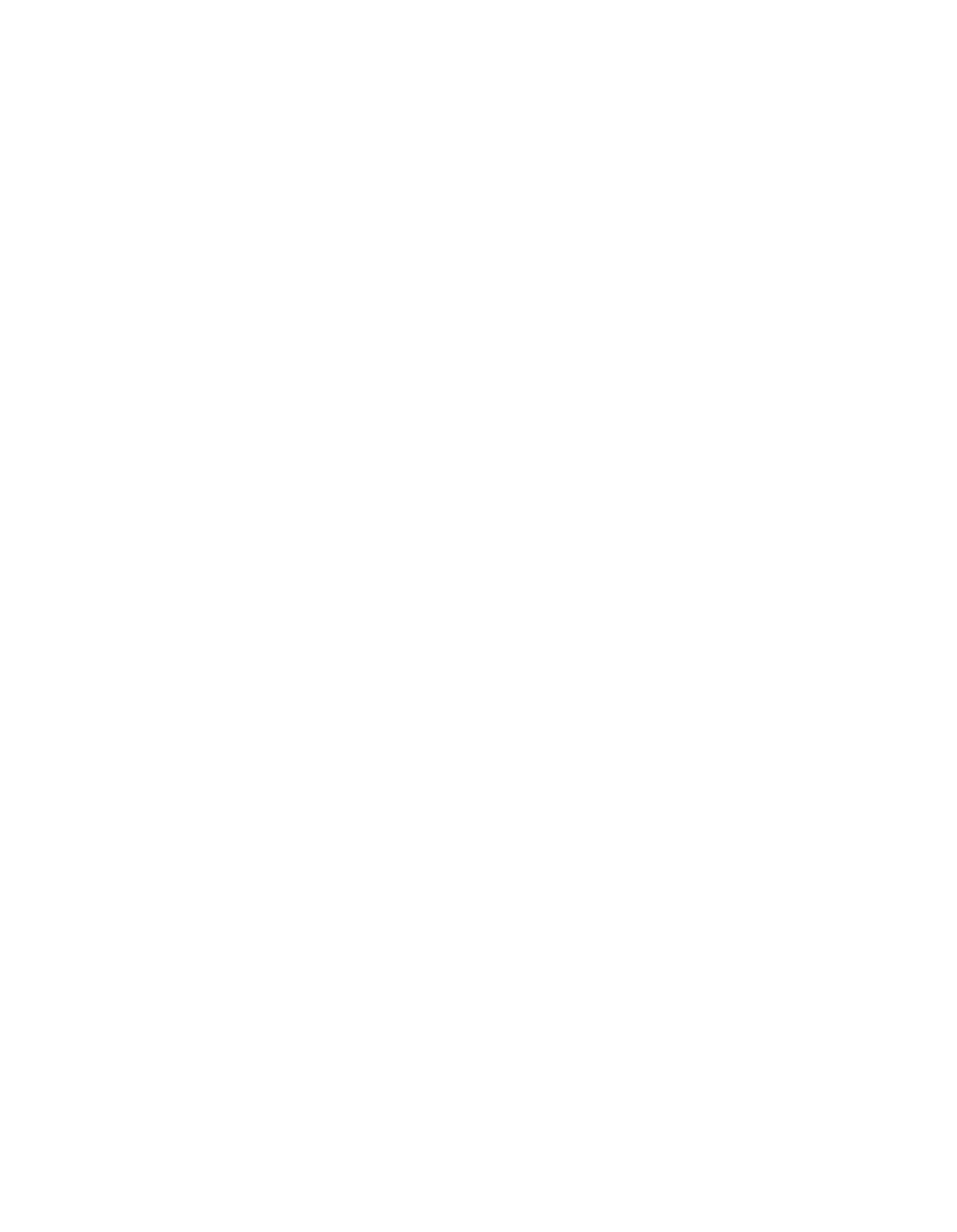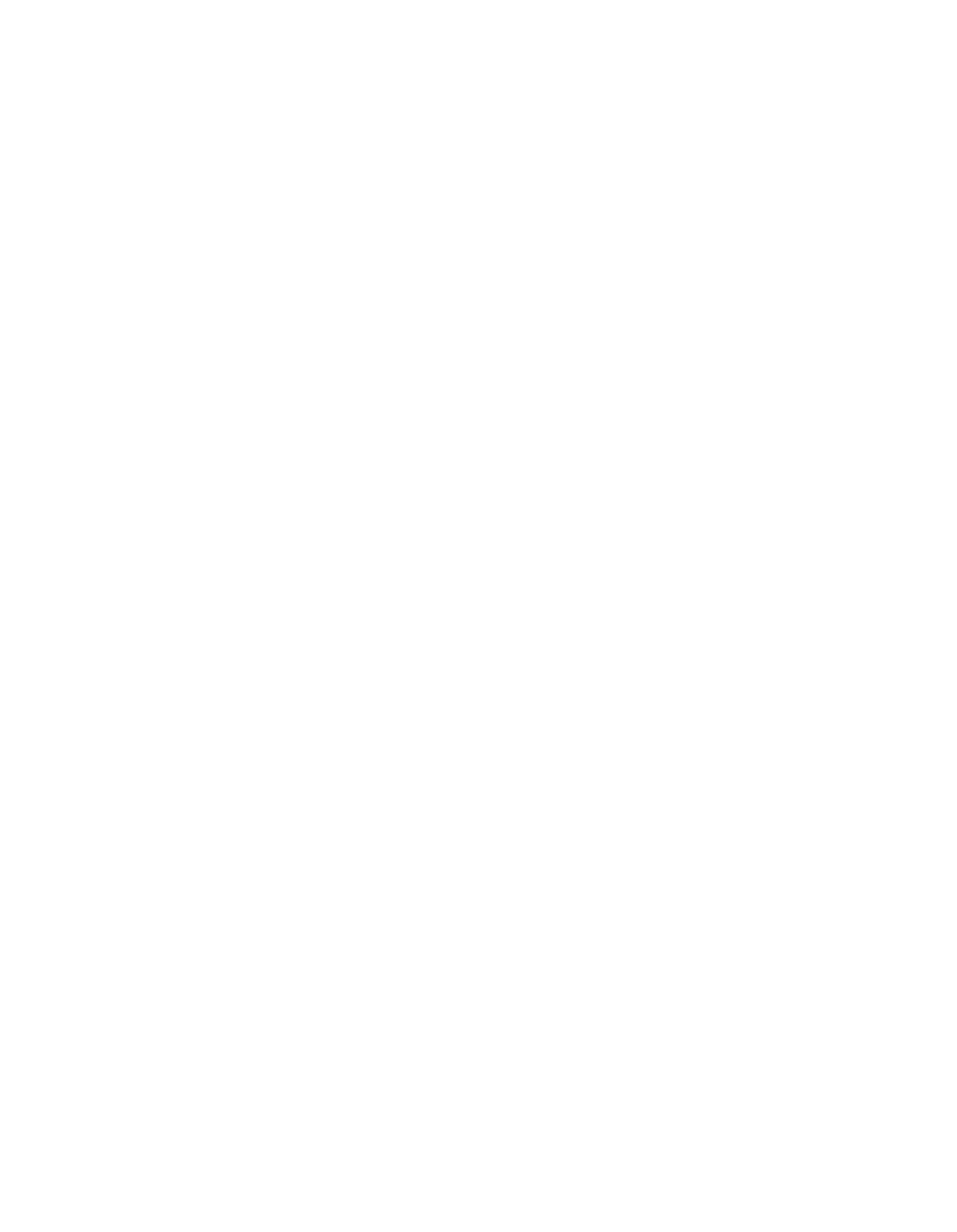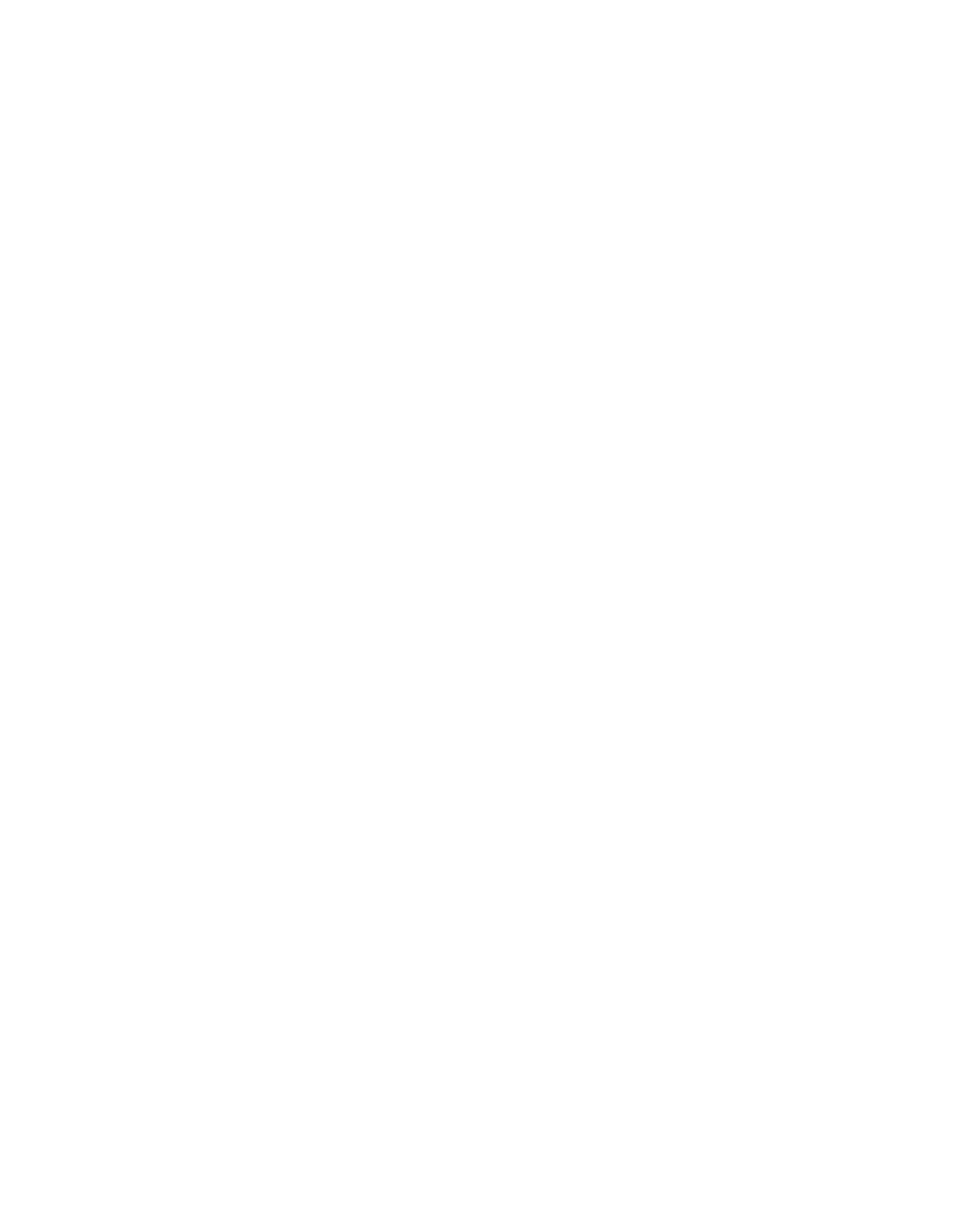ILLINOIS POLLUTION CONTROL BOARD
September
8,
1988
IN THE MATTER OF:
)
MISCELLANEOUS AMENDMENTS TO
)
R88-l
35
ILL.
ADM. CODE, SUBTITLE
C:
WATER POLLUTION.
PROPOSED AMENDMENTS:
FIRST NOTICE
OPINION AND ORDER OF THE BOARD (by
R.
C. Flemal):
The Board opened this docket by Order
of January 21,
1988
for
the purpose of providing
a vehicle
for making minor
amendments to the Board’s rules
and regulations.
In the
accompanying Request
for Public Comment the Board noted:
From time to time the Board, as well as practitioners
before
the Board, encounter aspects
in the Board’s
rules and regulations which warrant correction,
but
which
are not of the nature to justify the time and
expense associated with conducting an individual
rulemaking
to address each.
The Board proposes today
to gather together these materials and address them
within
a single proceeding.
In so doing,
the Board
borrows
a page from the Illinois General Assembly,
which often addresses a group of housekeeping matters
in an “omnibus bill”.
In this sense, the instant
matter
is meant to be the Board’s version of an
omnibus rulemaking.
In its January 21,
1988 Request
for Comments the Board
further identified some examples of amendments
it believed
appropriate for inclusion in this exercise, and invited
(1)
comment on the example amendments,
and
(2)
suggestiOns forand
merits of additional amendments suitable
for inclusion
in an
omnibus rulemaking proceeding.
The Board indicated that
inclusion of a suggested amendment within the eventual proposal
would be based at the minimum on
(1) desirability of the
amendment,
(2)
likelihood
that the amendment will be non—
contentious,
and
(3)
likelihood that the amendment will not
require an Economic Impact Statement.
Each of these criteria was
selected to assure that the omnibus rulemaking could proceed
in
an expeditious manner.
Today the Board encorporates into
a single proposal certain
amendments which are consistent with the concept of
an omnibus
rulemaking.
That proposal
is adopted herein for first notice.
92—245
—2—
SCOPE
The January 21,
1988 Request for Public Comment elicited
three comments, one each from the Great Lakes Chapter
of the
Sierra Club, Waste Management of Illinois,
Inc
(“WMII”), and the
Illinois Environmental Protection Agency (“Agency”).
Based
upon these comments and the Board’s further
consideration, the Board alters the scope of the instant proposal
in the following specifics:
1)
As originally conceived,
the
instant proposal would
have addressed matters
in all of the Board’s rules
and regulations.
However, save for only an amendment
to Section 601.105
(Definition of Groundwater)
as
proposed by the Board
in its January 21,
1988 Request
for Comments, all proposed amendments have addressed
Subtitle
C, Water Pollution.
For reason of imposing
unity on the instant matter,
only the water pollution
proposed amendments are herein considered.
The
caption of instant matter
is also accordingly
adjusted.
2)
The WMI comment takes particular exception to the
Board’s proposal
in
its January
21,
1988 Request
for
Comments to amend Section 301.360, Definition of
Public and Food Processing Water
Supply.
The comment
characterizes the proposed amendment
as
“a
substantial amendment”.
Although the Board does not
take
a position on this characterization at the
present time,
it believes that reasonable question
has been raised
as to whether the proposed amendment
is properly placed within the instant rulemaking.
Accordingly, this proposed amendment to Section
306.360 will not be considered here.
As the WMII comment also notes, the Board will
in the
near future be considering matters related
to
groundwater
(with which
the proposed Section 301.360
amendment deals)
as part of rulemaking associated
with the Illinois Groundwater Protection Act.
It
would be appropriate to reconsider amending Section
301.360
at that time, as well
as
to reconsider the
Definition of Groundwater at Section 601.105.
3)
The Agency proposed
in its Public Comment that
certain amendments be made
to Section 304.123, the
Board’s effluent standards
for phosphorus.
The Board
notes
that this section
is under
review
in a pending
rulemaking, R87—6,
and believes that the Agency’s
proposal
is better considered
in that docket.
92—246
—3—
4)
In its January 21,
1988 Request
for Comments the
Board had proposed deleting Section 304.301, which
provides exceptions from ammonia nitrogen water
quality standard violations under limited
circumstances.
In so proposing,
the Board had noted
that all of the provisions of this Section were to
terminate on July
1,
1988,
and speculated
as to
whether the Section would thereafter have practical
import.
The Agency responded that,
even though the deadline
has passed,
it would be advisable to retain the
Section.
Moreover,
the Agency believes that it would
be advisable to extend the July
1,
1988 deadline
for
an additional three years.
The Board believes that the Agency’s proposal
to
extend
the deadline may have merit.
However, the
Board believes that
this proposal
is of sufficient
substantive content that
it would be best considered
within
a dedicated docket.
Accordingly,
on August
18,
1988
the Board by separate order
and docket sent
this portion of the Agency’s recommendation to first
notice.
5)
The Agency has proposed that Section 306.103,
306.104, and 306.105 be deleted.
These three
sections were renumbered
to Sections 306.302,
306.201, and 306.401 through 306.406, respectively,
at
7 Ill.
Reg.
5682,
effective April
19,
1983.
The
three sections are thus shells without textual
content, and
it might
seem that their deletion would
eliminate unnecessary
text.
However, Illinois
Administrative Code Unit practice requires retention
of renumbered sections in the format as exists.
Accordingly, this proposed amendment will not be
pursued.
6)
The Agency has proposed correction of several
typographic errors which occur
in Parts
307 and 310,
the Board’s pretreatment regulations.
Since
the
pretreatment regulations
are subject
to periodic
updating,
the Board believes that these errors are
best corrected as part of that process.
Accordingly,
the Board will postpone consideration of this portion
of the Agency proposal until the next pretreatment
update.
7)
The Agency has also proposed amendments
to Sections
301.365,
301.415, and 312.101 relating to the
interplay between the Board’s prior regulations
for
treatment works and the newly adopted pretreatment
92—247
—4—
regulations.
Although the Agency characterizes these
proposals as solely
intended to bring consistency
to
the regulations,
the Board believes that each of the
three proposals may have substantive impact not
consistent with inent of this Omnibus rulemaking.
In
particular,
the Board notes
that the Agency’s
proposed amendment
to Section 301.415 would have the
likely substantive result of including all sewers and
pretreatment works within the definition of treatment
works; additionally, the Agency’s proposed amendment
to Section 312.101 would
impose
a substantive
certification requirement on persons operating
pretreatment works.
The Board
notes that should the
Agency wish to pursue these amendments,
it may do
so
in a standard rulemaking proceeding.
DISCUSSION OF PROPOSED AMENDMENTS
Section 301.200
Over
time various definitions have been added
to
the water
pollution regulations
in Parts other than Part 301.
In some
cases these new definitions are possibly not consistent with the
definitions presented
in Section 301.200
et.
seq.
This amendment
to 301.200
is intended
to specify that, should conflict arise,
the definition
in the Part in question prevails.
Section 301.260
Section 306.103 was renumbered
to Section 306.320 at 7
Ill.
Reg.
5682, effective April 19,
1983.
This amendment merely
acknowledges the renumbering
in a form consistent with Illinois
Administrative Code Unit practice.
Section 301.365
This proposal deletes treatment works owned by federal
agencies from the definition of Publicly Owned Treatment Works
(“POTW”).
As the Board notes
in Scott Air Force Base v.
IPCB
(PCB 88—69, Slip Op.
at
4, August 10,
1988),
40 CFR 122.2
(1987);
excludes federally—owned treatment works
from the definition of
POTW.
Accordingly, this amendment
is proposed to provide unity
between the federal definition and the Board’s regulations.
Section 301.430
This amendment
is made
to provide consistency between
Section 301.430 and
the regulations of Parts
307 and 310.
92—248
—5—
Section 302.211(f)
The relationship between British Thermal Units
(“BTUs”)
per
hour and megawatts as currently expressed
is incorrect by
a
factor of one hundred.
This
is,
0.5 billion BTU5 per hour
is
equivalent to 150 megawatts,
not 15,000 megawatts.
The 0.5 billion BTUs per hour is the figure present in the
Board’s original
adoption of thermal standards
(Ref:
In the
Matter of:
Thermal Standards, Lake Michigan, R70—2,
1 PCB 695 et
seq.;
In the Matter of:
Ohio—Wabash Thermal Standards, R71—12,
2
PCB
563
et
seq.;
and In the Matter of Mississippi Thermal
Standards,
R70—l6,
3 PCB
177 et seq.).
The 15,000 megawatts
figure was added as a supplement to the original BTU figure in
1982 concurrently with codification of
the regulations
(which
also codified Section 302.211 out of former rule 203(i)).
At
that time the Board introduced presumably equivalent metric units
of measurement
for the previously existing English units.
In
this case an error was made in the conversions, which
the instant
amendment would corrent.
Section 302.211(j)
These amendments change
the internal references within the
Section to
a form consistent with similar internal references
elsewhere within the Board’s regulations.
Section 302.304
This amendment substitutes a spelling used elsewhere within
the Board’s regulations
for
an otherwise acceptable, but not
used, alternative spelling.
Section 302.504
The proposal
is
to delete
the cyanide limit identified in
this Section.
The numeric value of the cyanide limit is the same
as that specified
in the General Use Standards, Section
302.208.
Since the Lake Michigan water quality standards are
cumulative with the General Use Standards pursuant to Section
302.501,
inclusion of the cyanide limit within Section 302.504 is
superfluous and inconsistent with treatment afforded other water
parameters which have identical numerical limits
in the General
Use and Lake Michigan Standards.
Section 302.507
These proposed
amendments correct
a reversal
in the captions
for the columns representing Centigrade
and Fahrenheit
temperatures.
They also correct the conversion of BTUs
to
megawatts,
as
in the amendment proposed
for Section 302.311(f),
above.
92—249
—6—
Section 302.509
The rationale and nature of
the proposed amendments here are
the same as that
for the proposed amendment of Section
302.211(f).
That is,
the correct conversion to megawatts is
made.
Section 304.104
The proposed change
is
to provide consistency of internal
references,
identical
to that proposed
for Section 302.211(j),
above.
Section 304.124(e)
This proposed amendment corrects reversed cross—references
for
the constituents mercury and pH.
Section 304.140
Section 304.140 deals with the conditions under which delays
in upgrading of effluent discharges are allowable.
The proposal
is
to repeal
the entirety of
the
Section.
Section 304.140
appears
to apply to actions and possible actions now entirely
in
the past,
and therefore
is believed
to no longer have practical
import
(Agency Comment at 3).
Removal of
it
from the regulations
would therefore be justified as
a matter of clarity and
efficiency.
The Board specifically asks the Agency to address the
question, during the first notice comment period, as to whether
there are any dischargers which have not yet met
the 1973
or 1974
deadlines pursuant to this exception procedure.
Section 305.102
In
its January 21, 1988 Request for Public Comment the Board
proposed
to modify this Section with the purpose of eliminating
duplication and possible inconsistencies between the reporting
requirements
found at 305.102 and the new reporting requirements
found
in Part 310,
as adopted by the Board
in R86—44
(In the
Matter of: Pretreatment Regulations, December
3,
1987).
In its
comment the Agency advised against this action,
claiming that
it
would eliminate the Agency’s authority to require reporting from
pretreatment works which are not subject
to the categorical
pretreatment standards of Part 307.
For this reason the Board
retreats from its earlier proposed amendments of this Section.
This notwithstanding,
the Agency recommends that the Board’s
proposal
for adding paragraph
(c)
to this Section be retained.
92—250
—7—
Paragraph
(c)
indicates
that reporting under Part 310
satisfies the requirements of Section 305.102.
Its inclusion
serves to eliminate possible confusing on this matter.
Section 309.281
The present language
in Section 309.281, which determines
the effective date of Subpart
B, does not reference the calendar
date upon which Subpart
B became effective.
Rather, reference
is
to “the date of filing with the Secretary of State”
and
to “such
time
as the Agency adopts criteria
to administer
the permit
program”.
Thus,
to
identify the calendar date,
an interested
party must go outside of the regulations, which
is an unnecessary
inconvenience.
Accordingly,
it
is proposed to amend
the Section
with the
inclusion of the specific calendar dates
in question.
ORDER
The Board hereby adopts
the following amendments
for First
Notice.
TITLE
35:
ENVIRONMENTAL PROTECTION
SUBTITLE C:
WATER POLLUTION
CHAPTER C:
POLLUTION CONTROL BOARD
PART 301
INTRODUCTION
Section 301.200
Definitions
ks uses 4n Except
as otherwise provided within individual Parts
of this Chapter,
the following terms defined by Section 301.200
et.
seq.
shall have the meanings specified.
Section 301.260
Combined Sewer Service Area
Combined Sewer Service Area:
Means
a specific geographical
drainage area served by a combined sewer system.
Areas served by
separate sewer systems which enter
the combined system are not
included.
Undeveloped
areas within
a combined sewer service area
may be included
in that area
if deemed appropriate by the Agency
pursuant
to the guidelines
in See~ot~396
8+~+~-
35 Ill. Mm.
Code 306.102.
Section 301.365
Publicly Owned Treatment Works
Publicly Owned Treatment Works:
A treatment works owned
by a
municipality, sanitary district, county or state
Cf
agency, and which treats domestic and industrial wastes collected
by a publicly owned or regulated sewer
system.
Industrial
treatment works which are publicly owned
and financed by bond
issues of public agencies are not included
in this definition.
92—25 1
—8—
Section 301.430
Wastewater Source
Wastewater Source:
Means any equipment, facility, or other
source of any type whatsoever which discharges wastewater,
directly or
indirectly *eeept
~1~o~h
~ sewef
~f
1~t~1!y
~e
ee~mei~wo~3~s+,to the waters of the State.
PART 302
WATER QUALITY STANDARDS
SUBPART
B: GENERAL USE WATER
QUALITY STANDARDS
Section 302.211
Temperature
a)
Temperature has STORET number (F°)00011 and (C°)00010.
b)
There shall be no abnormal temperature changes that may
adversely affect aquatic life unless caused
by natural
conditions.
C)
The normal daily and seasonal temperature fluctuations
which existed before the addition of heat due to other
than natural causes shall be maintained.
d)
The maximum temperature rise above natural temperatures
shall not exceed 2.8°C(5°F).
e)
In addition,
the water temperature at representative
locations
in the main river shall not exceed the maximum
limits
in the following table during more than one
percent of the hours in the 12—month period ending with
any month.
Moreover, at no time shall the water
temperature at such locations exceed the maximum limits
in the following table by more than
1.’70C (3°F).
°c
OF
JAN.
16
60
JUL.
32
90
FEB.
16
60
AUG.
32
90
MAR.
16
60
SEPT.
32
90
APR.
32
90
OCT.
32
90
MAY
32
90
NOV.
32
90
JUNE
32
90
DEC.
16
60
f)
The owner or operator of a source of heated effluent
which discharges ~S7G99 150 megawatts
(0.5 billion
British thermal units per hour)
or more shall
demonstrate
in
a hearing before this Board not less than
92—252
—9—
5 nor more than
6 years after
the effective date of
these regulations or,
in the case of new sources, after
the commencement of operation,
that discharges from that
source have not caused
and cannot be reasonably expected
to cause significant ecological damage to the receiving
waters.
If such proof is not made
to the satisfaction
of the Board appropriate corrective measures shall be
ordered to be taken within a reasonable time as
determined by the Board.
g)
Permits for heated effluent discharges, whether
issued
by the Board or the Agency,
shall be subject to revision
in the event that reasonable future development creates
a need
for reallocation of the assimilative capacity of
the receiving stream as defined
in
the regulation above.
h)
The owner or operator of
a source of heated effluent
shall maintain such records and conduct such studies of
the effluents from such sources and
of their effects as
may be required by the Agency or
in any permit granted
under
the Act.
i)
Appropriate corrective measures will
be required
if,
upon complaint filed
in accordance with Board
rules,
it
is found at any time that any heated effluent causes
significant ecological damage
to the receiving stream.
j)
All effluents to an artificial cooling lake must comply
with the applicable provisions of the thermal water
quality standards as set forth
in See~oft382-~2~this
Section and Per~35 Ill. Adm.
Code 303, except when all
of the following requirements are met:
1)
All discharges from the artificial cooling lake to
other waters of the State comply with the
applicable provisions of See~4e~392~2~+~+
~thet~g1~
39
~~+e+-
subsections
(b)
through J(e).
2)
The heated effluent discharged
to the artificial
cooling lake complies with all other applicable
provisions of this Chapter, except See~4ei~
382~*~+
fC~~
38~~4+e+7subsections
(b)
through (e).
3)
At an adjudicative hearing the discharger
shall
satisfactorily demonstrate
to
the Board that the
artificial cooling
lake receiving the heated
effluent will be environmentally acceptable,
and
within
the
intent of the Act,
including,
but not
limited
to:
92—253
—10—
A)
provision of conditions capable of supporting
shellfish,
fish and wildlife, and recreational
uses consistent with good management
practices,
and
B)
control of
the thermal component of the
discharger’s effluent by a technologically
feasible and economically reasonable method.
4)
The required showing
in See~ier~39~2~3+~++3+
subsection
(j)(3)
may take the form of an
acceptable
final environmental impact statement or
pertinent provisions of environmental assessments
used
in the preparation of the final environmental
impact
statement,
or may take the form of a showing
pursuant
to Section 316(a)
of the CWA, which
addresses the requirements of See~4et~
39~+~++3+~subsection
(j)(3).
5)
If an adequate showing
as provided
in See~4en
362~+~++3+subsection
(j)(3)
is found,
the Board
shall promulgate specific
thermal standards to be
applied
to the discharge to that artificial cooling
Lake.
SUBPART C: PUBLIC AND FOOD PROCESSING WATER
SUPPLY STANDARDS
Section 302.304
Chemical Constituents
The following levels of chemical constituents shall not be
exceeded:
STORET
CONCEN-
TRATION
CONSTITUENT
NUMBER
(mg/i)
Arsenic (total)
01002
0.05
Barium (total)
01007
1.0
Cadmium (total)
01027
0.010
Chloride
00940
250.
Chromium
01034
0.05
Lead (total)
01051
0.05
Manganese (total)
01055
0.15
Nitrate—Nitrogen
00620
10.
Oil (hexane—solubles or equivalent)
00550,
00556
or 00560
0.1
Organics
Pesticides
Chlorinated Hydrocarbon Insecticides
92—254
—11—
Aldrin
Chlordane
DDT
Dieldrin
Endrin
Heptachlor
Heptachlor Epoxide
Lindane
Methoxychlor
Toxaphene
Organophosphate Insecticides
Parathion
Chlorophenoxy Herbicides
2, 4—Dichlorophenoxyacetic
acid (2,4—D)
2—( 2,4,5—Trichlorophenoxy)—
propionic acid (2,4,5—
TP or Silvex)
Phenols
Selenium (total)
Suh~e~ Sulfates
Total Dissolved Solids
0.01
0.001
0.01
250.
500.
SUBPART
E: LAKE MICHIGAN WATER
QUALITY STANDARDS
Section 302.504
Chemical Constituents
The following levels of chemical constituents shall not be
exceeded:
STORET
CONCEN-
TRATION
CONSTITUENT
NUMBER
(mg/l)
Ammonia
Nitrogen
00610
0.02
Chloride
00940
12.0
Sulfate
00945
24.0
Phosphorus
(as
P)
00665
0.007
Total Solids
(Dissolved)
70300
180.0
eye~~e
+~e~e~3
89~29
8~.8~s
Section 302.507
Existing Sources on January
1, 1971
a)
All sources of heated effluents
in existence as of
January
1,
1971
shall meet the
following restrictions
outside of
a mixing zone which
shall be no greater than
a circle with a radius of
305 m
(1000
feet)
or
an equal
fixed
area of simple
form.
39330
39350
39370
39380
39390
39410
39420
39782
39480
39400
0.001
0.003
0.05
0.001
0.0002
0. 0001
0.0001
0.004
0.1
0.005
39540
0.1
39730
0.1
39760
32730
01147
00945
70300
92—255
—12—
1)
There shall be no abnormal temperature changes that
may affect aquatic life.
2)
The normal daily and seasonal
temperature
fluctuations that existed before the addition of
heat shall be maintained.
3)
The maximum temperature rise at any time above
natural temperatures shall not exceed 1.7°C
(3°F).
In addition, the water temperature shall
not exceed
the maximum limits indicated
in
the
following
table:
OC
JAN.
4S
7
~
45
JUL.
89
27
~
80
FEB.
45
7
~
45
AUG.
88
27
~
80
MAR.
45
7
~ 45
SEPT.
98
27
~
80
APR.
55 13
~3 55
OCT.
65
18
~8 65
JUN.
69 16
~6 60
NOV.
68
16
~6 60
JUN.
~9 21
2~70
DEC.
S8 10
~8 50
b)
The owner or operator of a source of heated effluent
which discharges ~S7898 150 megawatts (0.5
billion
British Thermal Units per
hour)
or more shall
demonstrate
in
a hearing before this Board not less than
5
nor more thansix years after the adoption of this
regulation,
that
discharges
from
that
source
have
not
caused
and
cannot
be
reasonably
expected
in
future
to
cause
significant
ecological
damage
to
the
Lake.
If
such
proof
is
not
made to the satisfaction of the Board,
backfitting
of alternative cooling devices shall be
accomplished
within
a
reasonable
time
as
determined
by
the
Board.
Section
302.509
Other
Sources
a)
No
source
of
heated
effluent
which
was
not
in
operation
or under construction as of January
1,
1971 shall
discharge
more
than
a
daily average of ~9G9 29 megawatts
(0.1 billion British Thermal Units per hour).
b)
Sources of heated effluents which discharge less than
a
daily
average
of
~999
29
megawatts
(0.1
billion
British
Thermal
Units
per
hour)
not
in
operation
or
under
construction
as
of
January
1,
1971
shall
meet
all
requirements
of
sections
302.507
and
302.508.
92—25
6
—13—
PART 304
EFFLUENT STANDARDS
SUBPART A: GENERAL EFFLUENT STANDARDS
Section
304.104
Averaging
a)
Except as otherwise specifically provided, proof of
violation of the numerical standards of this Part shall
be on the basis of one or more of the following
averaging rules:
1)
No monthly average shall exceed
the prescribed
numerical standard.
2)
No daily composite shall exceed
two times the
prescribed numerical standard.
3)
No grab sample shall exceed five times the
prescribed numerical standard.
b)
Terms used in See~4efl394~84f~+subsection
(a)
shall
have the following meanings:
1)
The monthly average shall
be the numerical average
of all daily composites
taken during
a calendar
month.
A monthly average must be based on at least
three
daily
composites.
2)
A daily composite shall
be the numerical average of
all grab samples,
or the result of analysis of a
single sample formed by combining all aliquots,
taken during
a calendar day.
A daily composite
must be based on at least three grab samples or
three aliquots taken at different times.
3)
A grab sample
is
a sample
taken
at a ~ing1e -time.
Aliquots of a daily composite are grab samples only
if they are analyzed separately.
C)
See~et’~3G4~84~+Subsection
(a)
establishes
a method
of
interpretation
of
the
effluent
standards
of
this
Part.
The
Agency
shall
consider
the
averaging
rule
in
deciding
whether
an
applicant
has
demonstrated
that
a
facility
complies
with
this
Part
for
purposes
of
permit
issuance
and
in
writing
the
effluent
standards
into
permit
conditions.
Reporting
and
monitoring
requirements
are
established
by
way
of
permit
condition
pursuant
to
See~ot~ 35
Ill.
Adm.
Code
305.102
and
309.146.
92—257
—14—
d)
Proof
of
violation
of
effluent
limitations
contained
in
permits
shall
be
based
on
the
language
of
the
permit.
Section
304.124
Additional
Contaminants
a)
No
person
shall
cause
or
allow
the
concentration
of
the
following
constituents
in
any
effluent
to
exceed
the
following
levels,
subject
to
the
averaging
rules
contained
in
Section
304.104(a).
STORET
CONCENTRATION
CONSTITUENT
NUMBER
mg/i
Arsenic
01002
0.25
Barium
01007
2.0
Cadmium
01027
0.15
Chromium
(hexavalent)
01032
0.1
Chromium
(total)
01034
1.0
Copper
01042
0.5
Cyanide
00720
0.10
Fluoride
00951
15.0
Iron
(total)
01045
2.0
Lead
01051
0.2
Manganese
01055
1.0
Nickel
01067
1.0
Oils
(hexane
soluble
or
equivalent)
00550
15.0
Phenols
32730
0.3
Silver
01077
0.1
Zinc
01092
1.0
Total
Suspended
Solids
00530
15.0
(From
sources
other
than
those
covered
by
Section
304.120)
b)
Discharges
of
hexavalent
chromium
shall
be
subject
to
the
averaging
rule
of
Section
304.104
modified
as
follows:
monthly
averages
shall
not
exceed
0.1
mg/l;
daily composites shall not exceed
0.3
mg/i;
and,
grab
samples
shall
not
exceed
1.0
mg/i.
c)
Oil
may
be
analytically
separated
into
polar
and
nonpolar
components.
If
such
separation
is
done,
neither
of
the
components
may
exceed
15
mg/i
(i.e.
15
mg/i
polar
materials
and
15
mg/i
nonpolar
materials).
d)
Unless
otherwise
indicated,
concentrations
refer
to
the
total
amount
of
the
constitutent
present
in
all
phases,
whether
solid,
suspended
or
dissolved,
elemental
or
combined,
including
all
oxidation
states.
Where
constituents
are
commonly
measured
as
other
than
total,
the
word
“total”
is
inserted
for
clarity.
92—258
—15—
e)
The
following
table
is
provided
for
cross
referencing
purposes:
CONSTITUENT
SECTION(S)
Ammonia
nitrogen
304.301,
304.122
Bacteria
304.121
Biochemical
Oxygen
Demand
304.120
Deoxygenating
Wastes
304.120
Mercury
39473~S 304.126
Nitrogen,
ammonia
304.301,
304.122
pH
384~26
304.125
Phosphorus
304.123
Section
304.140
Delays
in
Upgrading
(Repealed)
e3
?d~
~tiet~ e~~s
fe
tifed ~o ~e ~
ert
Beeeffièef
~
393
or Beeem~ef3~7~9~4
ert~
4rt ~es~ertoe~o See~ort
3O4~39~she~~e
MC~
~--
The ~4sehefgef ~ioe~44~4efo-r e eo
~rue~tort
~ert~
~er
See~iort ~9~(g~
of
~the
?~e~
We~efAe~ end7
~-
The
sehe~ef
he~f~ed en
ee~4onfor e
eorts~rtie~4on
~fCrt~ on
or
hefore
Beeember
3~7 ~9~S~-
3~
The
seherger
1~ee
~4Me~y ~ehen e~ neeeeeery pee—
gren~ end
post—geen~ ee~4orts
epeopr4e~e
~o
~he
epeetfte
geent
etep for wh4eh the &~eeheegee4e
then
e~4g4~4e~
4
The
emptton
ovtded
4n
+e++~+7
fe++2+
end
e~ove she~
tee~ntnete
upon
ee~p etien
of
eonetrue—
t4on
tinder
the
grent provided end ee
lienee
with
the
pro
ieione
of thie Seetion ehe~thereeftee be
reieed~
b+
Nothing
in
pregreph
~e3
ebeve
ehe~
~i~it
the
power
of
the
Boerd
to
enter
en
~teMent
order
puesuent
to
Section
46
of
the
~et
necessery
to
ebete
po
ution
of
the
weters
of
the
Stete7
when
the
Boerd
hes
fourtd7
es
the
resu~t
of
en
enforceMent
or
veetenee
eese
initieted
tinder
Tit~es
~
of
~X of
the
Aet7
that
the
discharger
is
ceusing
a
vio~etion
of
the
Aet
or
the
eegu~ettens7
e+
The
fo~owing
Sections
were
reguired
to
be
Met
on
BeceMbee 3~ ~
or Beee~ber3~739~4~
92— 259
—16--
Section
~~1dRu~eNtiMbef
Bate
384-~29+e+
484+e+
BeeeMber 3~7~9~3
394-~~8+d+
494+d+
BeeeMber 3~7~94
3847~23
485 +Biseherges to 9hic
BeceMber
3~7 ~9~3
end Mississippi Rivers on~y+
496
+Seeond
paragraph
of
BeceMber 3~7~9~4
o~d Rtt~e 496
on’y-)-
PART 305
MONITORING AND REPORTING
Section 305.102
Reporting Requirements
a)
Every person within this State operating
a pretreatment
works,
treatment works,
or wastewater source
shall
submit operating reports
to
the Agency at
a
frequency to
be determined by the Agency.
Such reports
shall contain
information regarding the quantity of
influent and of
effluent discharged,
of wastes bypassed and of combined
sewer
overflows;
the concentrations of those physical,
chemical, bacteriological and radiological parameters
which
shall be specified by the Agency;
and any
additional
information
the
Agency
may
reasonably
require.
This reporting requirement
for pretreatment
works shall only apply
to those pretreatment works
which:
1)
Discharge
toxic pollutants, as defined
in Section
502(13)
of the CWA, or pollutants which may
interfere with
the treatment process, into
t-lie
receiving treatment works or are subject to
regulations promulgated
under
Section 307 of the
Clean Water Act (CWA):
33 U.S.C.
1251 et seq.; or
2)
Discharge 15
or more of the
total hydraulic flow
received by the treatment works;
or
3)
Discharge 15
or more of the total biological
loading
received by the treatment works as measured
by 5—day biochemical oxygen demand.
b)
Every holder
of an NPDES permit
is required
to comply
with the monitoring,
sampling, recording
and
reporting
requirements set forth
in the permit and this chapter.
92—260
—17—
c)
Compliance with the reporting requirements of
35 Ill.
Adm.
Code 310
satisfies this
reporting requirement.
PART 309
PE P14ITS
SUBPART
B: OTHER PERMITS
Section 309.281
Effective Date
a)
The effective date of this Subpart B she~ be the date
of fi~-ingwith the Secretary of State en en emergency
basis7
is March
7,
1972.
b)
Notwithstanding
(a)
above, Section 309.208 she43
become
effective at such time as the Agency adopts criteria to
administer the permit
peo~ram
contained therein7
became
effective with adoption by the Agency of 35
Ill. Adm.
Code
391 on December 15,
1983.
IT IS SO ORDERED.
I,
Dorothy M. Gunn,
Clerk of
the Illinois Pollution Control
Board, hereby certify that the ab
e Opinion and Order was
adopted on the
P~
day of
___________________,
1988, by a
vote of
-7_O
Control
Board
92—261
